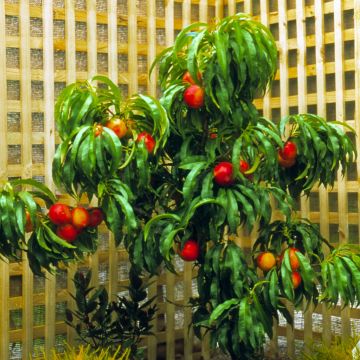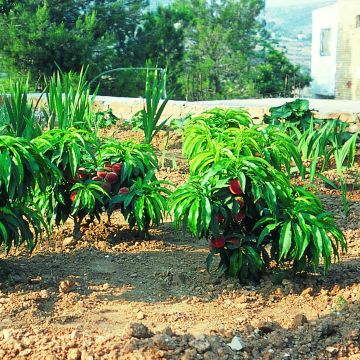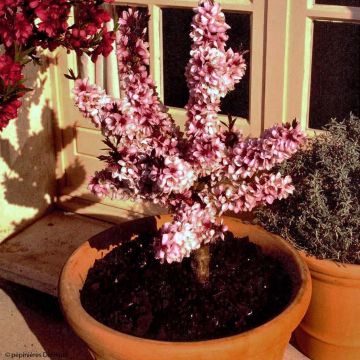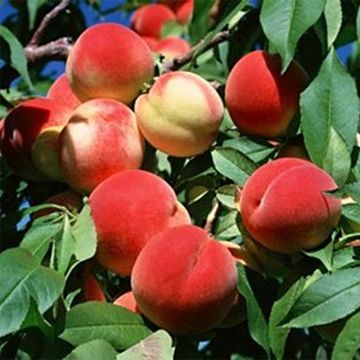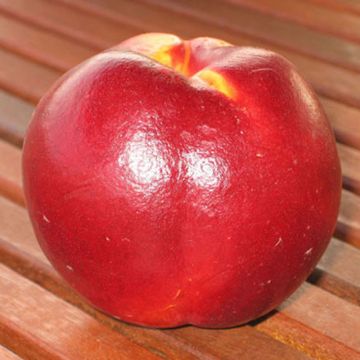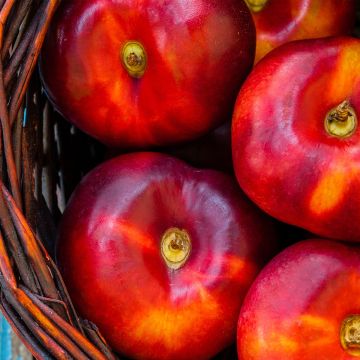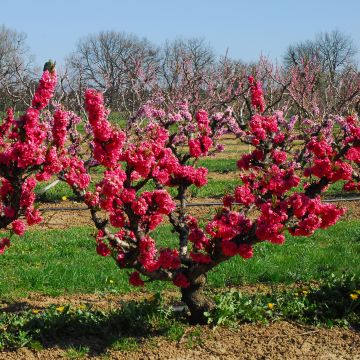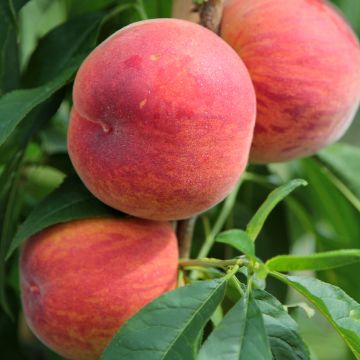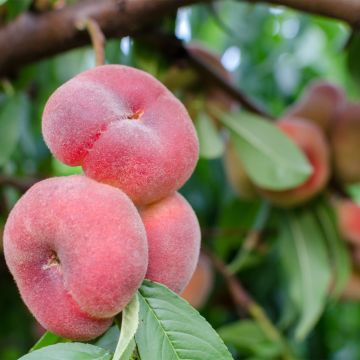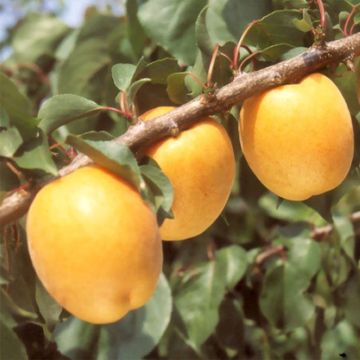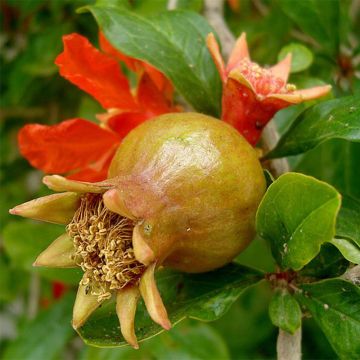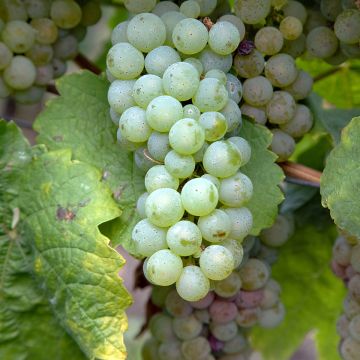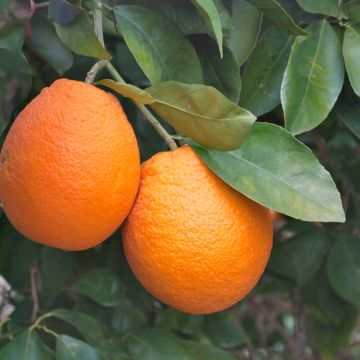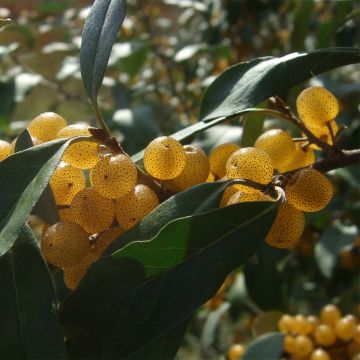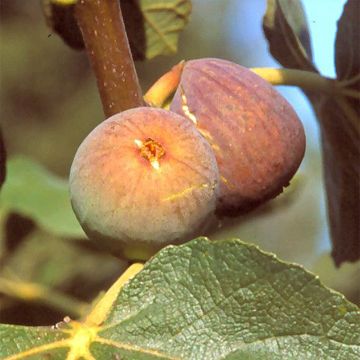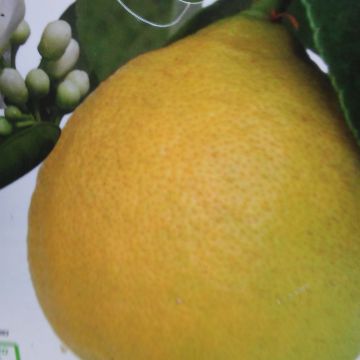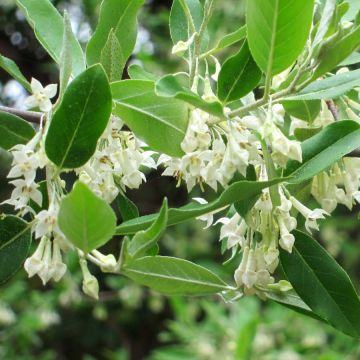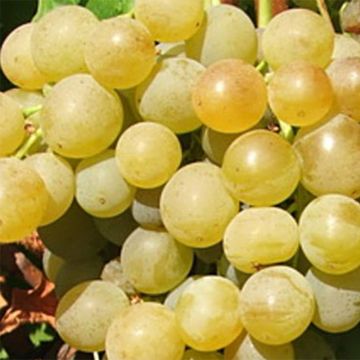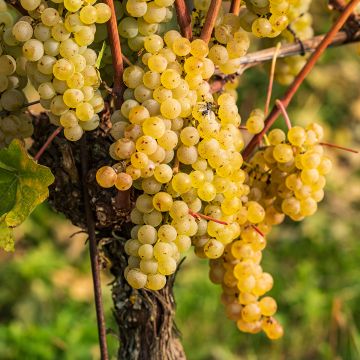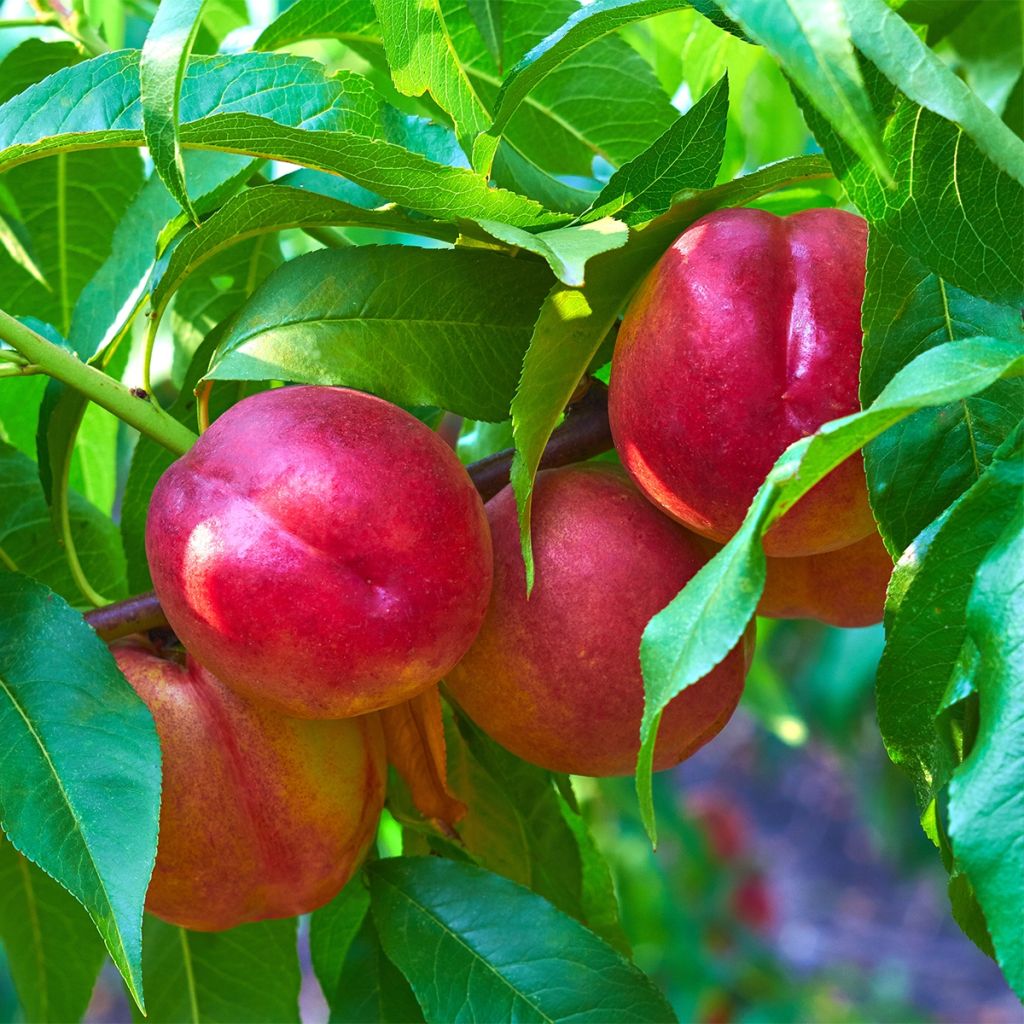

Pêcher nectarinier nain Fruit me Necta me
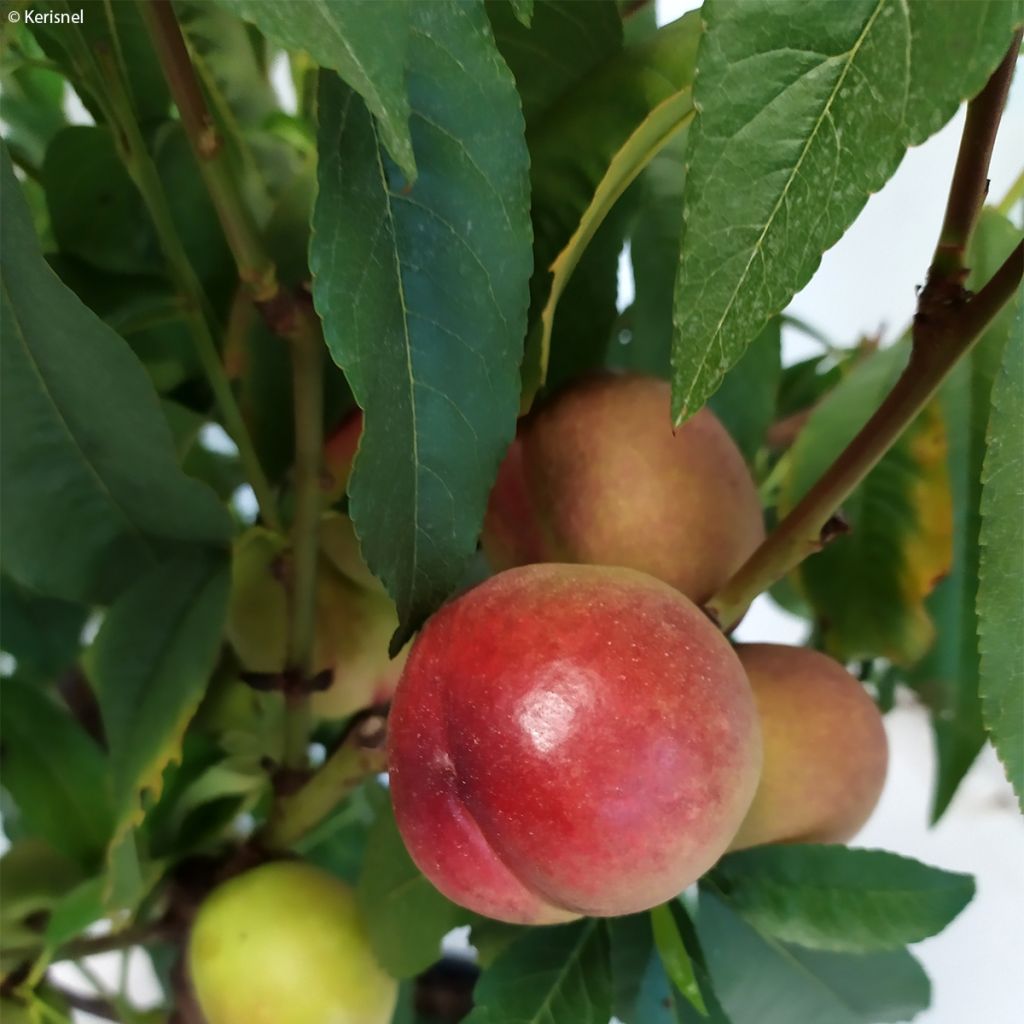

Pêcher nectarinier nain Fruit me Necta me
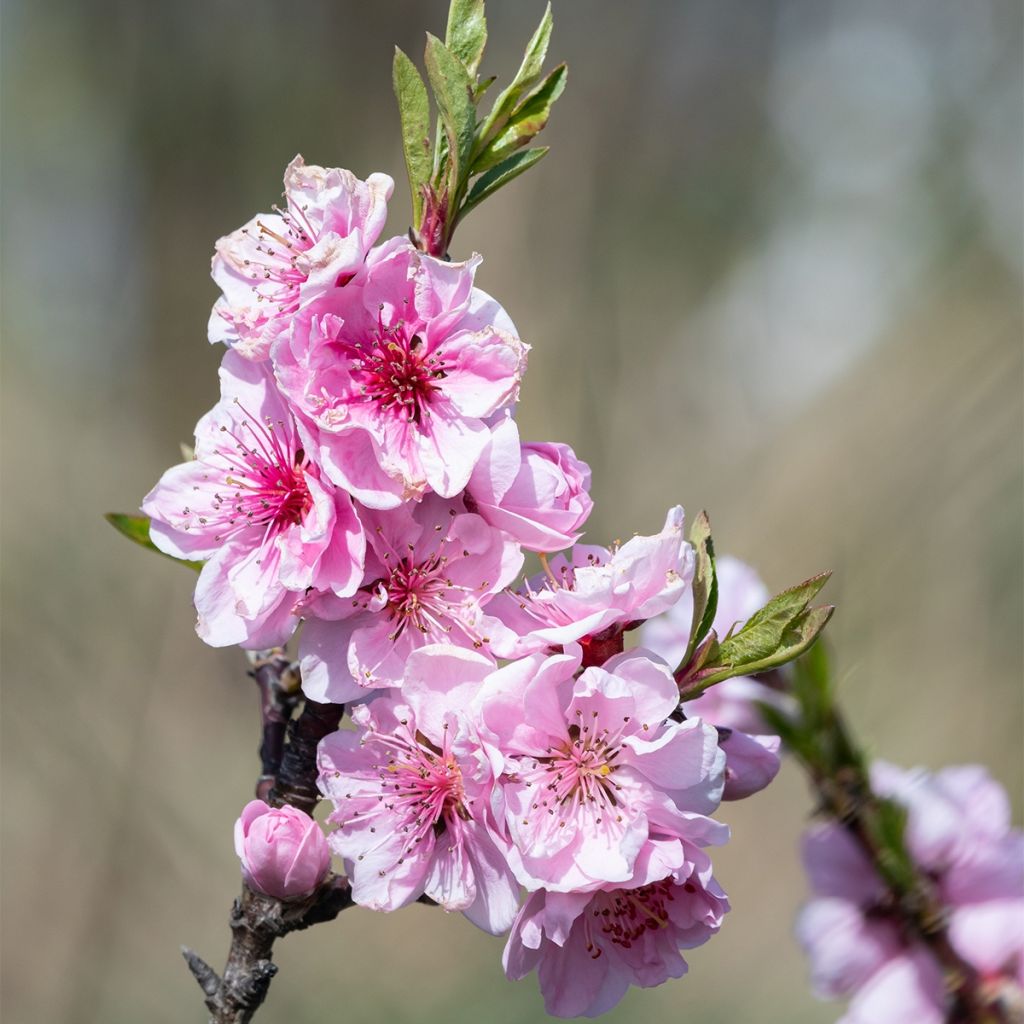

Pêcher nectarinier nain Fruit me Necta me
Prunus persica Fruit Me Necta Me - Dwarf Nectarine Peach Tree
Prunus persica Fruit Me Necta Me
Peach, Peach tree
I received my plants in a sorry state, the nectarine tree had leaf curl and it was full of aphids inside. As for the 15 vegetable plants, they were all yellow and beyond saving. The nectarine tree, in addition, was poorly pruned. Sorry, but sloppy work.
Adrian, 27/06/2024
This item cannot be shipped to the selected country
Delivery charge from €5.90
Delivery to Corse prohibited
More information
Schedule delivery date,
and select date in basket
This plant carries a 6 months recovery warranty
More information
We guarantee the quality of our plants for a full growing cycle, and will replace at our expense any plant that fails to recover under normal climatic and planting conditions.
From €5.90 for pickup delivery and €6.90 for home delivery
Express home delivery from €8.90.
Delivery to Corse prohibited: UE law prohibits the import of this plant from mainland France to Corse as part of the fight against Xylella fastidiosa. Please accept our sincere apologies.
More information
Description
The Fruit Me Necta Me Dwarf Nectarine Tree is a small-sized variety that combines several qualities: this small tree bears fruit even in the absence of a companion nearby, it adapts its growth to the volume of soil available, offers fruit production from the first year, and produces large-sized and high-quality nectarines starting from mid-July: the fruits are round, covered with a smooth skin, yellow heavily tinged with red, and their golden yellow flesh is juicy, sweet, and highly flavourful. A selection that is well-suited for small spaces and for growing in pots on balconies or patios!
The dwarf nectarine tree or Prunus persica Fruit Me Necta Me is part of a series of semi-dwarf fruit trees that are quite revolutionary, recently developed in Spain. All the fruit trees in this range are grafted onto a state-of-the-art rootstock that adapts to the available soil volume while allowing for quality fruiting from the early years of cultivation. The fruit trees in the Fruit Me range are also easy to grow, hardy, reliable, and less susceptible to diseases.
The species name 'Persica' was given to the peach tree, which was thought to originate from Persia. In reality, all cultivated forms are native to northern China. The nectarine is a natural mutation of the peach tree that is believed to have occurred in the 16th century. Like many fruit trees, the Necta Me dwarf nectarine tree prefers light, rich, and deep soils. It does not tolerate excess water or heavy, compact soils. It is a tree of low vigour, with a spreading habit and slightly horizontal branches. In the ground, this small tree will reach approximately 2m (7ft) in height and 1.50m (5ft) in width at maturity. When grown in a pot (minimum 40cm (16in) in diameter), it will not exceed 1.50m (5ft) in height.
Its foliage is deciduous and falls in autumn. The leaves are a vibrant green colour and emit a slight almond scent. The leaves are long, measuring 8 to 15cm (3 to 6in) in length and 3 to 4cm (1 to 2in) in width, with a short petiole. Its beautiful pink flowering occurs from mid-March onwards. This makes it suitable for cultivation in northern regions, but it should still be placed in a sunny and wind-protected location. The flowers are hermaphroditic and self-fertile. This tree does not require much maintenance, apart from regular preventive treatment against peach leaf curl. It tolerates severe pruning, but not every year.
In terms of cooking: Nectarines can be enjoyed raw, cooked, sweetened, salted, flambéed, glazed, or deglazed. They pair very well with wine and certain meats, such as duck. They can be found in numerous recipes, including jams, compotes, and pastries...
Report an error about the product description
Prunus persica Fruit Me Necta Me - Dwarf Nectarine Peach Tree in pictures
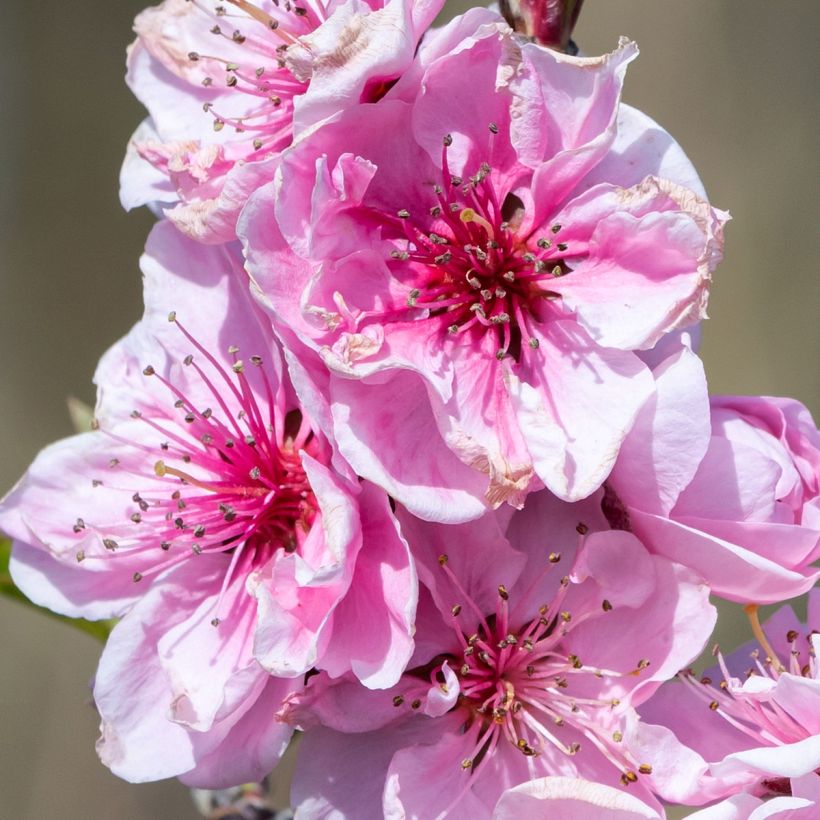

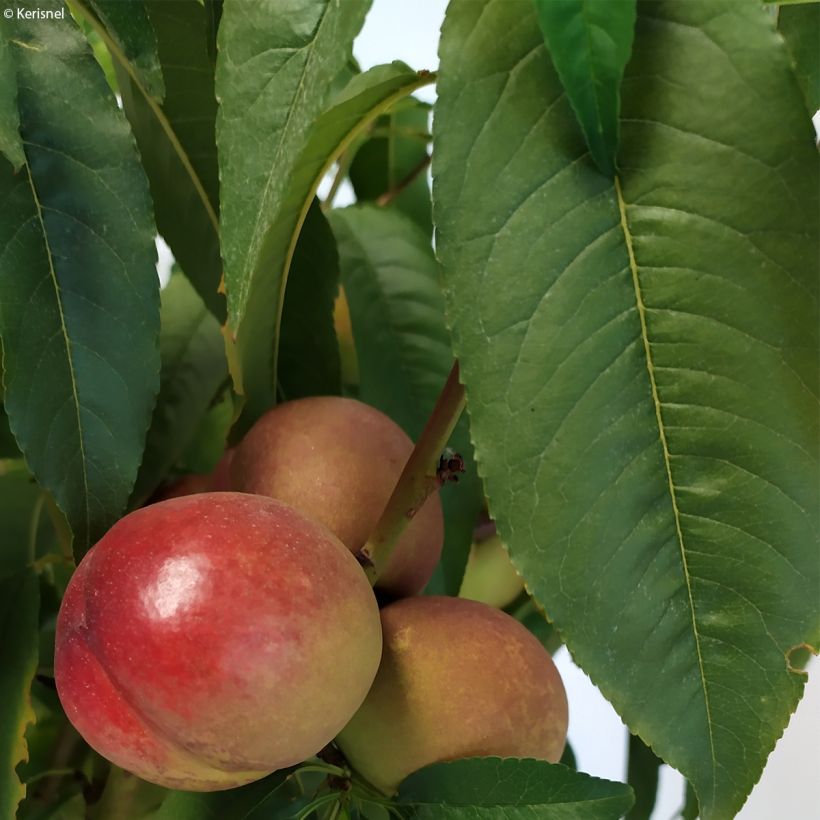

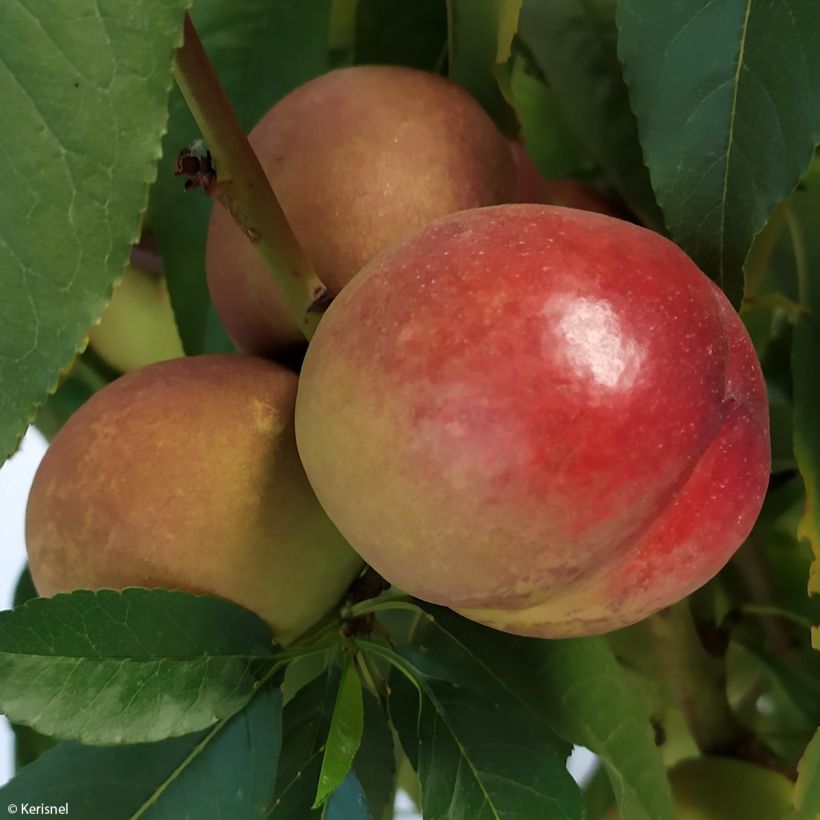

Plant habit
Fruit
Flowering
Foliage
Botanical data
Prunus
persica
Fruit Me Necta Me
Rosaceae
Peach, Peach tree
Cultivar or hybrid
Other Peach and Nectarine trees
Planting and care
The Dwarf Nectarine Tree Fruit Me Necta Me is preferably planted from September to November in open ground, but can be planted in pots all year round. Dig a hole two to three weeks before planting, twice as wide and deep as the pot. On planting day, place the tree with its pot in a basin of water, so that the entire root ball is moistened by capillary action. Add compost to the bottom of the hole. Place the tree in the hole and fill with a mixture of soil and potting soil. Gently firm the soil around the base of the tree as you fill, ensuring that the roots are in close contact with the soil. The root ball should be completely covered. Water generously.
Pot cultivation: in a pot with a minimum diameter of 40 cm (16in), with drainage holes, using good horticultural soil. Water regularly and apply fruit tree fertilizer in spring.
Planting period
Intended location
Care
-
, onOrder confirmed
Reply from on Promesse de fleurs
Mediterranean fruit trees
Haven't found what you were looking for?
Hardiness is the lowest winter temperature a plant can endure without suffering serious damage or even dying. However, hardiness is affected by location (a sheltered area, such as a patio), protection (winter cover) and soil type (hardiness is improved by well-drained soil).

Photo Sharing Terms & Conditions
In order to encourage gardeners to interact and share their experiences, Promesse de fleurs offers various media enabling content to be uploaded onto its Site - in particular via the ‘Photo sharing’ module.
The User agrees to refrain from:
- Posting any content that is illegal, prejudicial, insulting, racist, inciteful to hatred, revisionist, contrary to public decency, that infringes on privacy or on the privacy rights of third parties, in particular the publicity rights of persons and goods, intellectual property rights, or the right to privacy.
- Submitting content on behalf of a third party;
- Impersonate the identity of a third party and/or publish any personal information about a third party;
In general, the User undertakes to refrain from any unethical behaviour.
All Content (in particular text, comments, files, images, photos, videos, creative works, etc.), which may be subject to property or intellectual property rights, image or other private rights, shall remain the property of the User, subject to the limited rights granted by the terms of the licence granted by Promesse de fleurs as stated below. Users are at liberty to publish or not to publish such Content on the Site, notably via the ‘Photo Sharing’ facility, and accept that this Content shall be made public and freely accessible, notably on the Internet.
Users further acknowledge, undertake to have ,and guarantee that they hold all necessary rights and permissions to publish such material on the Site, in particular with regard to the legislation in force pertaining to any privacy, property, intellectual property, image, or contractual rights, or rights of any other nature. By publishing such Content on the Site, Users acknowledge accepting full liability as publishers of the Content within the meaning of the law, and grant Promesse de fleurs, free of charge, an inclusive, worldwide licence for the said Content for the entire duration of its publication, including all reproduction, representation, up/downloading, displaying, performing, transmission, and storage rights.
Users also grant permission for their name to be linked to the Content and accept that this link may not always be made available.
By engaging in posting material, Users consent to their Content becoming automatically accessible on the Internet, in particular on other sites and/or blogs and/or web pages of the Promesse de fleurs site, including in particular social pages and the Promesse de fleurs catalogue.
Users may secure the removal of entrusted content free of charge by issuing a simple request via our contact form.
The flowering period indicated on our website applies to countries and regions located in USDA zone 8 (France, the United Kingdom, Ireland, the Netherlands, etc.)
It will vary according to where you live:
- In zones 9 to 10 (Italy, Spain, Greece, etc.), flowering will occur about 2 to 4 weeks earlier.
- In zones 6 to 7 (Germany, Poland, Slovenia, and lower mountainous regions), flowering will be delayed by 2 to 3 weeks.
- In zone 5 (Central Europe, Scandinavia), blooming will be delayed by 3 to 5 weeks.
In temperate climates, pruning of spring-flowering shrubs (forsythia, spireas, etc.) should be done just after flowering.
Pruning of summer-flowering shrubs (Indian Lilac, Perovskia, etc.) can be done in winter or spring.
In cold regions as well as with frost-sensitive plants, avoid pruning too early when severe frosts may still occur.
The planting period indicated on our website applies to countries and regions located in USDA zone 8 (France, United Kingdom, Ireland, Netherlands).
It will vary according to where you live:
- In Mediterranean zones (Marseille, Madrid, Milan, etc.), autumn and winter are the best planting periods.
- In continental zones (Strasbourg, Munich, Vienna, etc.), delay planting by 2 to 3 weeks in spring and bring it forward by 2 to 4 weeks in autumn.
- In mountainous regions (the Alps, Pyrenees, Carpathians, etc.), it is best to plant in late spring (May-June) or late summer (August-September).
The harvesting period indicated on our website applies to countries and regions in USDA zone 8 (France, England, Ireland, the Netherlands).
In colder areas (Scandinavia, Poland, Austria...) fruit and vegetable harvests are likely to be delayed by 3-4 weeks.
In warmer areas (Italy, Spain, Greece, etc.), harvesting will probably take place earlier, depending on weather conditions.
The sowing periods indicated on our website apply to countries and regions within USDA Zone 8 (France, UK, Ireland, Netherlands).
In colder areas (Scandinavia, Poland, Austria...), delay any outdoor sowing by 3-4 weeks, or sow under glass.
In warmer climes (Italy, Spain, Greece, etc.), bring outdoor sowing forward by a few weeks.

































